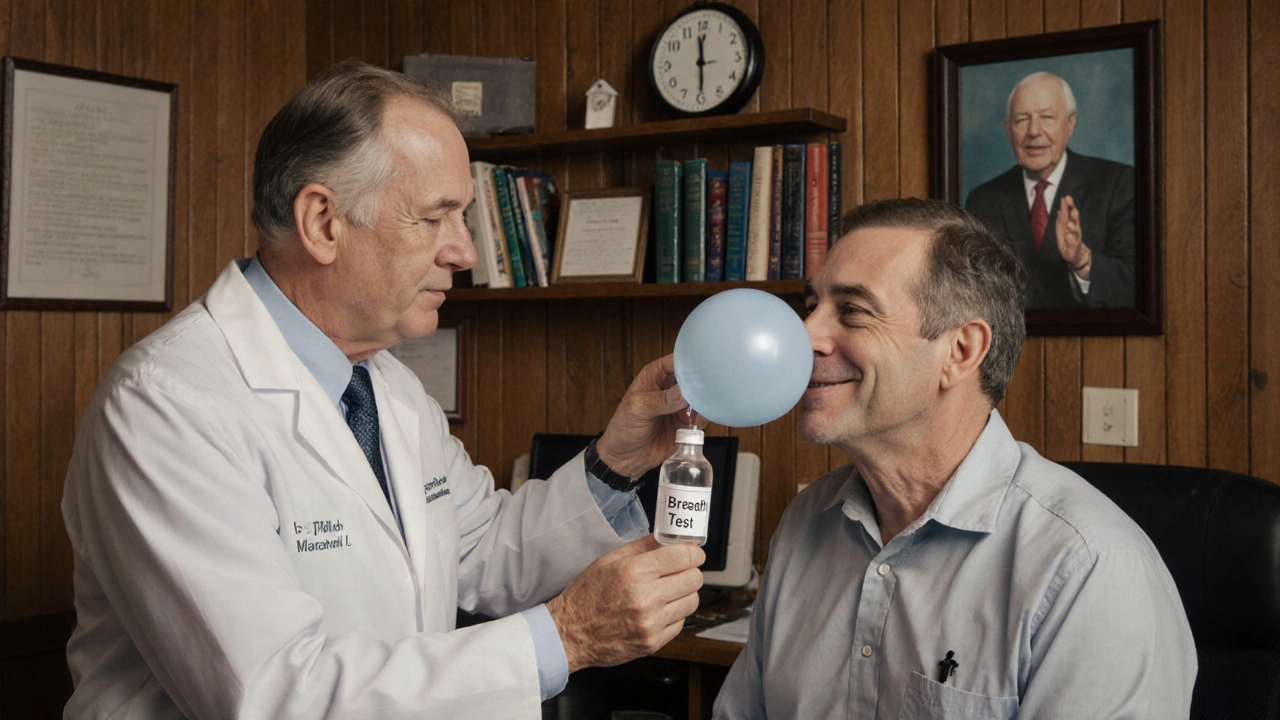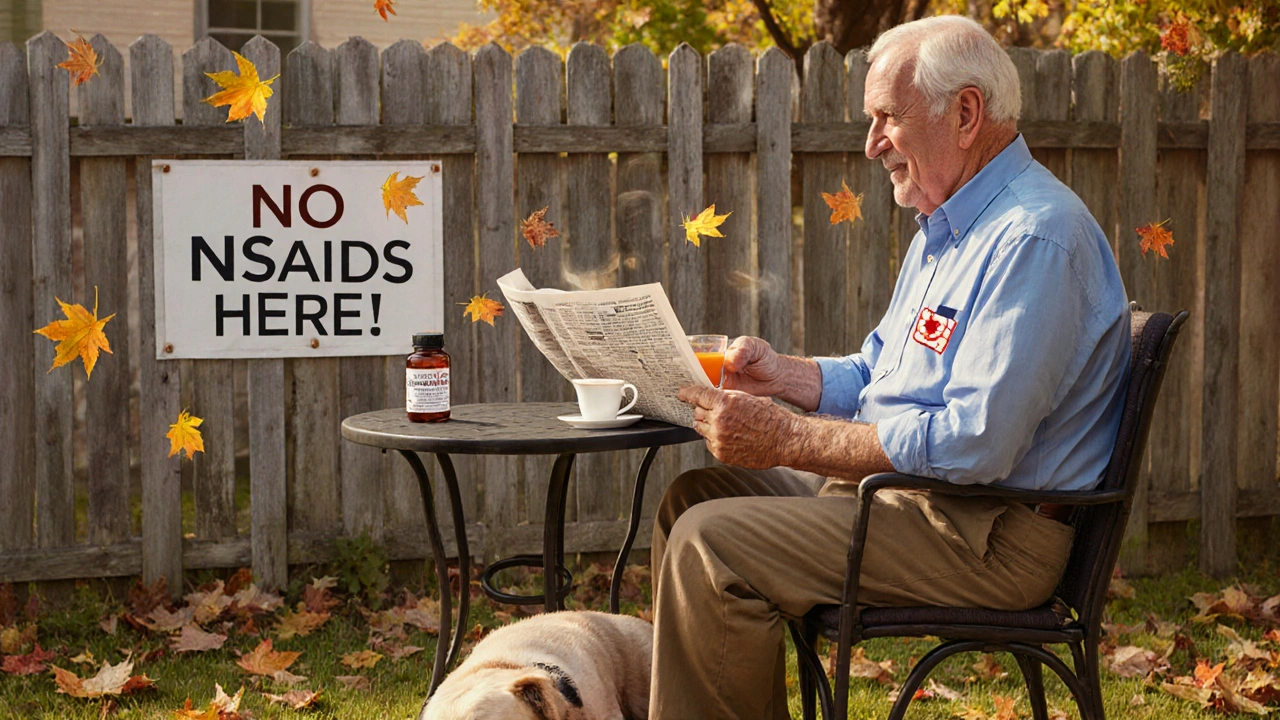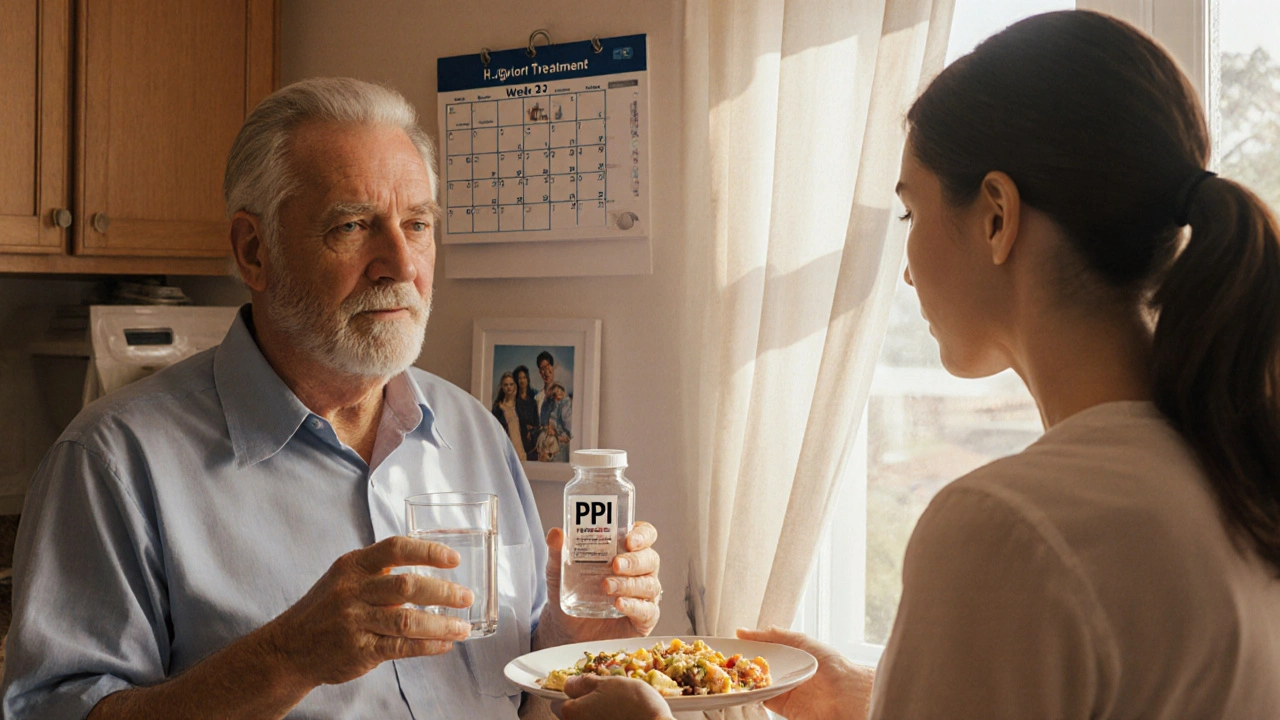Most people think stomach ulcers are caused by stress or spicy food. That’s what we were told for decades. But here’s the truth: peptic ulcer disease is mostly caused by two things you can’t control - a bacteria called Helicobacter pylori or long-term use of common painkillers. And the good news? It’s one of the most treatable digestive conditions out there.
What Exactly Is a Peptic Ulcer?
A peptic ulcer isn’t just a sore in your stomach. It’s a deep break in the lining of your stomach or the first part of your small intestine (the duodenum). This isn’t a surface scratch - it cuts through the protective mucosal layer and reaches the muscle layer underneath. That’s why it hurts so much. Your stomach acid, which normally digests food, starts eating away at the unprotected tissue.About 8 million people worldwide have this condition right now. The pain? Often a burning or gnawing feeling right under your breastbone. It gets worse when your stomach is empty and sometimes improves after you eat. Other signs include nausea, bloating, feeling full fast, and intolerance to fatty foods. In serious cases, you might vomit blood, pass black or tarry stools, or lose weight without trying. These aren’t normal stomach bugs - they’re red flags.
The Two Main Culprits: H. pylori and NSAIDs
There are two big reasons you get a peptic ulcer. The first is Helicobacter pylori - a spiral-shaped bacteria that lives in your stomach lining. It was discovered in 1982 by two Australian doctors, Barry Marshall and Robin Warren, who later won the Nobel Prize for it. Before that, doctors thought ulcers were just from too much acid. Turns out, H. pylori weakens your stomach’s natural defenses. It burrows into the mucus layer, causes inflammation, and tricks your body into making more acid. About half of people with duodenal ulcers and 30-50% with gastric ulcers have this bacteria.
The second major cause? Nonsteroidal anti-inflammatory drugs - NSAIDs. That’s aspirin, ibuprofen (Advil, Motrin), naproxen (Aleve), and others. These drugs block enzymes that protect your stomach lining. When you take them daily for arthritis, back pain, or headaches, you’re slowly removing your stomach’s armor. Today, NSAIDs cause more than half of all peptic ulcers, especially in older adults who rely on them for chronic pain.
Here’s the key difference: if H. pylori is the cause, your ulcer will likely come back unless you kill the bacteria. If it’s from NSAIDs, stopping the drug often lets the ulcer heal - but if you keep taking them, it won’t.
How Doctors Diagnose It
You can’t diagnose a peptic ulcer with a blood test alone. The gold standard is an endoscopy - a thin, flexible tube with a camera is passed down your throat so the doctor can see the ulcer directly. They’ll also take tiny tissue samples to test for H. pylori.
Other tests include a breath test (you drink a solution and breathe into a bag - if H. pylori is present, it breaks down the substance and you’ll exhale a detectable gas), a stool test for bacterial proteins, or a blood test for antibodies. But blood tests can’t tell if you have an active infection - only if you’ve ever been exposed. That’s why breath and stool tests are preferred for diagnosis and follow-up.
Antibiotics: The Real Cure for H. pylori
If H. pylori is the problem, antibiotics are the only way to cure it. But you don’t just take one pill. You need a combo - usually two antibiotics plus a stomach acid blocker. This is called triple therapy. The most common version includes amoxicillin and clarithromycin with a proton pump inhibitor (PPI) like omeprazole or esomeprazole.
The treatment lasts 7 to 14 days. You’ll take these pills 2 or 3 times a day, often before meals. Timing matters: PPIs work best if taken 30 to 60 minutes before eating. Missing doses or stopping early is the #1 reason treatment fails. Studies show that if you don’t finish the full course, the bacteria can become resistant - making future treatments harder.
Side effects are common. Many people report a metallic taste, especially with metronidazole. Nausea, diarrhea, and bloating happen too. But these usually go away after you stop the meds. And here’s the payoff: once H. pylori is gone, your ulcer recurrence rate drops from 70% to just 10%. That’s the difference between getting it back every year versus rarely ever again.
In areas where clarithromycin resistance is high (now over 35% in the U.S.), doctors are switching to quadruple therapy. That adds bismuth subsalicylate (like Pepto-Bismol) to the mix. Newer drugs like vonoprazan, approved by the FDA in January 2023, are showing even better results - up to 90% success in killing H. pylori compared to 75-85% with traditional PPIs.

Acid-Reducing Medications: Healing the Damage
Whether your ulcer is from H. pylori or NSAIDs, you need to reduce stomach acid to let the lining heal. That’s where acid-reducing meds come in. There are two main types: proton pump inhibitors (PPIs) and H2 blockers.
PPIs are the first choice. They shut down the acid pumps in your stomach cells. Common ones include omeprazole (Prilosec), esomeprazole (Nexium), lansoprazole (Prevacid), pantoprazole (Protonix), and rabeprazole (AcipHex). They work longer and stronger than H2 blockers - up to 24 to 72 hours per dose. For duodenal ulcers, controlling nighttime acid is especially important, and PPIs do that better than anything else.
H2 blockers like famotidine (Pepcid AC), cimetidine (Tagamet), and nizatidine (Axid) are older. They block histamine, which signals acid production. They’re still used sometimes, especially if someone can’t tolerate PPIs. But they only last 10 to 12 hours and aren’t as effective at healing deep ulcers.
Patients often feel better within days. But healing takes time. Most ulcers need 4 to 8 weeks of PPI therapy to fully close. Even if the pain is gone, you shouldn’t stop the medication early.
What About Long-Term PPI Use?
Some people worry about taking PPIs for months or years. And there are real concerns. The FDA has issued warnings about long-term use potentially increasing the risk of bone fractures, low magnesium levels, and vitamin B12 deficiency. There’s also a small increased risk of Clostridium difficile infection - a serious gut infection that causes severe diarrhea.
But here’s the balance: for someone with a history of ulcers, the risk of another bleed or perforation far outweighs these rare side effects. If you need long-term acid suppression, your doctor will use the lowest effective dose. Some people can taper off safely after healing. Others, especially those who must keep taking NSAIDs, may need to stay on a low-dose PPI indefinitely.
Don’t quit PPIs cold turkey. Some people get rebound acid hypersecretion - their stomach overproduces acid after stopping, making symptoms worse. Always talk to your doctor before stopping.
NSAID Users: What to Do Instead
If your ulcer was caused by NSAIDs, the best fix is to stop them. But if you have arthritis or chronic pain, that’s not always possible. In those cases, your doctor might recommend switching to a COX-2 inhibitor like celecoxib (Celebrex), which is gentler on the stomach. Or they might prescribe misoprostol - a synthetic version of a natural stomach-protecting substance - to prevent ulcers from forming.
Another option? Use acetaminophen (Tylenol) for pain relief. It doesn’t hurt your stomach lining like NSAIDs do. Just don’t exceed 3,000 mg a day - too much can damage your liver.

Lifestyle Changes That Actually Help
Medication works best when paired with smart habits.
- Quit smoking. Smokers are 2 to 3 times more likely to get ulcers and 2 times more likely to have them come back.
- Limit alcohol. More than 3 drinks a day increases your risk by 300%.
- Avoid spicy food? Not necessary. No solid evidence that spices cause ulcers - but if they trigger your symptoms, skip them.
- Manage stress. Stress doesn’t cause ulcers, but it can make pain feel worse and slow healing.
What If the Ulcer Doesn’t Heal?
If your ulcer doesn’t improve after 8 weeks of treatment, it’s called a refractory ulcer. The top three reasons? You didn’t take your meds correctly, you have antibiotic-resistant H. pylori, or you’re still taking NSAIDs. Your doctor may order another endoscopy, test for different strains of bacteria, or check for other causes like Zollinger-Ellison syndrome - a rare condition that makes your stomach overproduce acid.
Don’t ignore this. A stubborn ulcer can lead to bleeding, perforation (a hole in your stomach), or even stomach cancer in rare cases.
The Future of Ulcer Treatment
Research is moving fast. By 2025, doctors expect to use antibiotic resistance testing before prescribing treatment - meaning you’ll get the right combo on the first try. Vonoprazan is already changing the game in Japan and the U.S. And as H. pylori becomes rarer in developed countries (down from 60% in 1980 to 25% today), NSAID-related ulcers will keep rising, especially as the population ages.
The takeaway? Peptic ulcer disease isn’t a life sentence. It’s a solvable problem. With the right diagnosis, targeted antibiotics, and smart use of acid blockers, most people heal completely and never have another ulcer.
Can stress cause a peptic ulcer?
No, stress doesn’t cause peptic ulcers. For years, people thought emotional stress or spicy food led to ulcers, but that’s outdated. The two main causes are H. pylori bacteria and long-term use of NSAIDs. Stress can make symptoms feel worse or slow healing, but it won’t create an ulcer on its own.
How long does it take for a peptic ulcer to heal?
Most ulcers start feeling better within days of starting treatment. But full healing takes time - usually 4 to 8 weeks. PPIs help reduce acid so your stomach lining can repair itself. Even if your pain disappears, you should finish the full course of medication. Stopping early increases the risk of the ulcer coming back.
Are there natural remedies for peptic ulcers?
There’s no proven natural cure for peptic ulcers. While some studies look at honey, probiotics, or cabbage juice, none replace medical treatment. H. pylori needs antibiotics to be killed. Acid suppression requires proven medications like PPIs. Relying on home remedies can delay proper treatment and lead to serious complications like bleeding or perforation.
Can I take ibuprofen if I’ve had a peptic ulcer?
It’s risky. If you’ve had a peptic ulcer, taking ibuprofen or other NSAIDs increases your chance of another ulcer - and possibly a dangerous bleed. Talk to your doctor first. They might recommend acetaminophen (Tylenol) for pain relief instead. If you must use NSAIDs, your doctor may prescribe a long-term low-dose PPI to protect your stomach.
Do I need to get tested for H. pylori after treatment?
Yes, if your ulcer was caused by H. pylori, you should be tested again after treatment - usually 4 weeks after finishing antibiotics. This confirms the bacteria is gone. The best tests are the stool antigen test or breath test. Blood tests aren’t reliable for this because they show past exposure, not current infection.

Dominic Fuchs
November 28, 2025 AT 07:30So we spent decades blaming stress and spicy food and now it's just bacteria and pills? Classic. The real villain was always the medical establishment's stubbornness
And now we get triple therapy like we're fighting a war in our stomach
Still beats the old days of drinking milk and praying